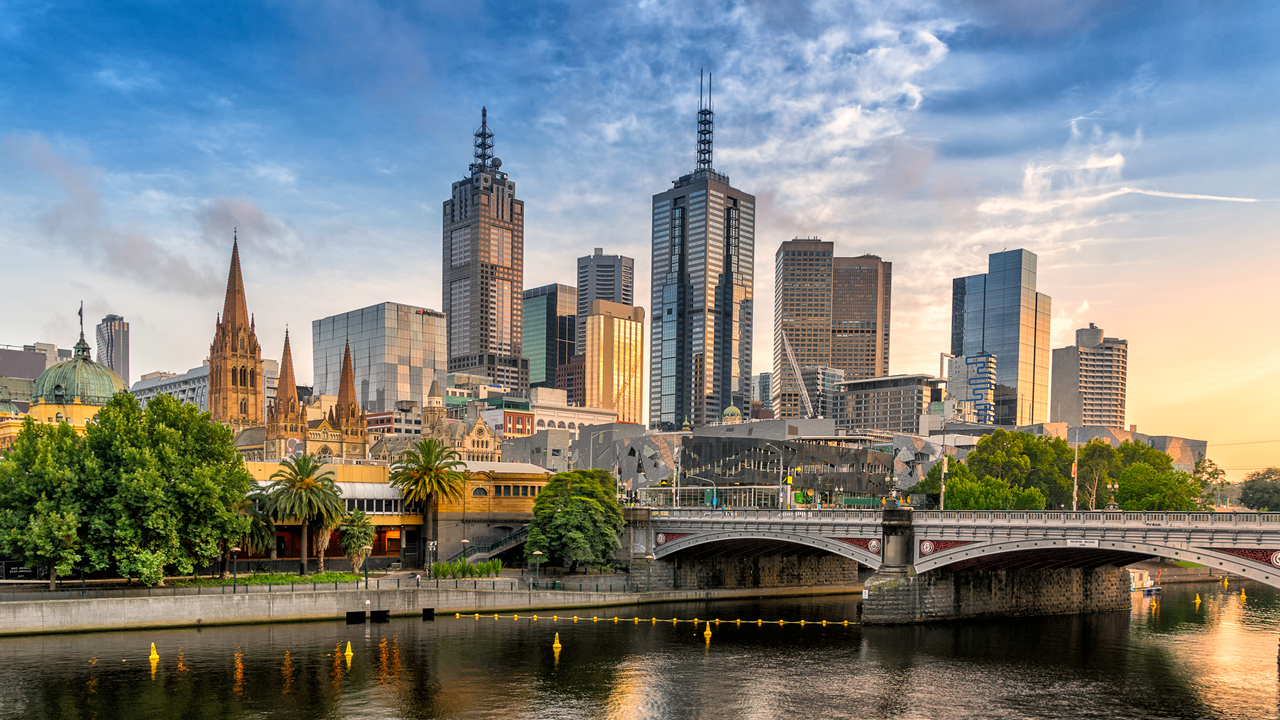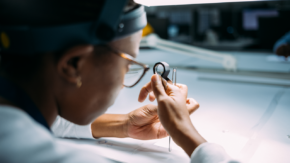The Australian diamond market is peripheral from a global perspective. With a population of around 26 million — less than Texas — it’s home to around 3,500 jewelry stores, according to Jeweller magazine.
But it’s an interesting market to monitor because of its unusual situation of being both a Western-style country and slightly isolated from the world. Its diamond sector mirrors the US in many ways, but it also differs.
The Rapaport Diamond Podcast recently devoted an episode to the Australian industry, with Craig Miller of Melbourne-based JC Jewels coming on the show to speak about his experiences of the lab-grown sector’s rise in the country. He attributed this to pressure on consumer budgets. We received a small amount of feedback indicating that the shift to synthetics was less clear-cut.
There aren’t many hard numbers to prove the point one way or the other, but the market appears to be split. Just under 40% of Australian retailers said they agreed or strongly agreed with the statement that lab-grown diamond jewelry had become an important part of their business in the past 10 years, according to a survey Jeweller magazine carried out in October and November 2023. For suppliers, however, 67% disagreed or strongly disagreed with the same statement.
Return to mined
As for anecdotal evidence, a few jewelers told Rapaport News there had been a shift to lab-grown in Australia but that it had eased in recent months. This is because consumers have become more aware of the falling value, said Simon West, director of retailer Simon West Fine Jewellery in Melbourne.
“This year, in the first four months, we saw a decrease in lab-grown sales and more of an uptake in natural diamonds,” West reported. The company sells lab-grown but does not promote it; the category represents less than 5% of its sales by volume.
“Lab-grown diamonds are dropping a lot in price and will drop further,” echoed Maulin Shah, director of World Shiner, a diamond wholesaler that’s also based in Melbourne. “For the past two to three months, the curve is slightly going toward natural diamonds. There’s good demand for natural diamonds; our major problem is just the economy, inflation, interest rates and [the return of] travel.”
Brett Low, direct of Deer Honey Jewellery in Burleigh Heads, Queensland, has observed mainly consumers in their 20s — and sometimes 30s — buying lab-grown. Part of this is because of the perceived environmental benefits, but most of them are in it for the price and not the longevity.
“They tend to be the sort of customer who doesn’t really care — they’re not massive jewelry connoisseurs,” said Low, for whom synthetics are also a small segment of his business.
Lower clarities
The overall mined-diamond market in Australia focuses on D to F colors and VS2 to SI2 clarities, according to West. Higher clarities used to be popular, but consumers have come to understand what clarities they can choose without flaws being visible, he explained. Rounds remain the most popular shape, constituting about 50% of the market; ovals are also in demand, followed by emerald-shaped diamonds, West added.
Australian consumers also have a soft spot for personalized products, said one jeweler who wished to remain anonymous. “They love their quality. They want something individual. They really love high-end handmade jewelry,” he continued.
There’s also a greater focus on responsible sourcing and the environment than in other markets, noted Low.
“Just about every sale has a big education component to it,” with shoppers seeking a lot of information about the origin of the product. “We lead such an outdoors lifestyle, so you’re more environmentally aware. Since I’ve been a little kid, there have always been campaigns about cleaning up the country and not having litter on the ground.”
Quality factor
But it’s the focus on the long-term quality that gives the natural sector the best chance of success, according to Adriana Traviati, founder and CEO of Melbourne-based retailer Saphira Diamonds.
“While Australia can be a more budget-conscious market, Australians do value what they own,” Traviati commented. “So whether it’s something to do with jewelry, whether it’s even down to their cars or their boat…Australians do take great care in their purchases. I can’t foresee Australia and Australians turning to a lab-grown market long term.”
Image: Central Melbourne. (Shutterstock)
Stay up to date by signing up for our diamond and jewelry industry news and analysis.



